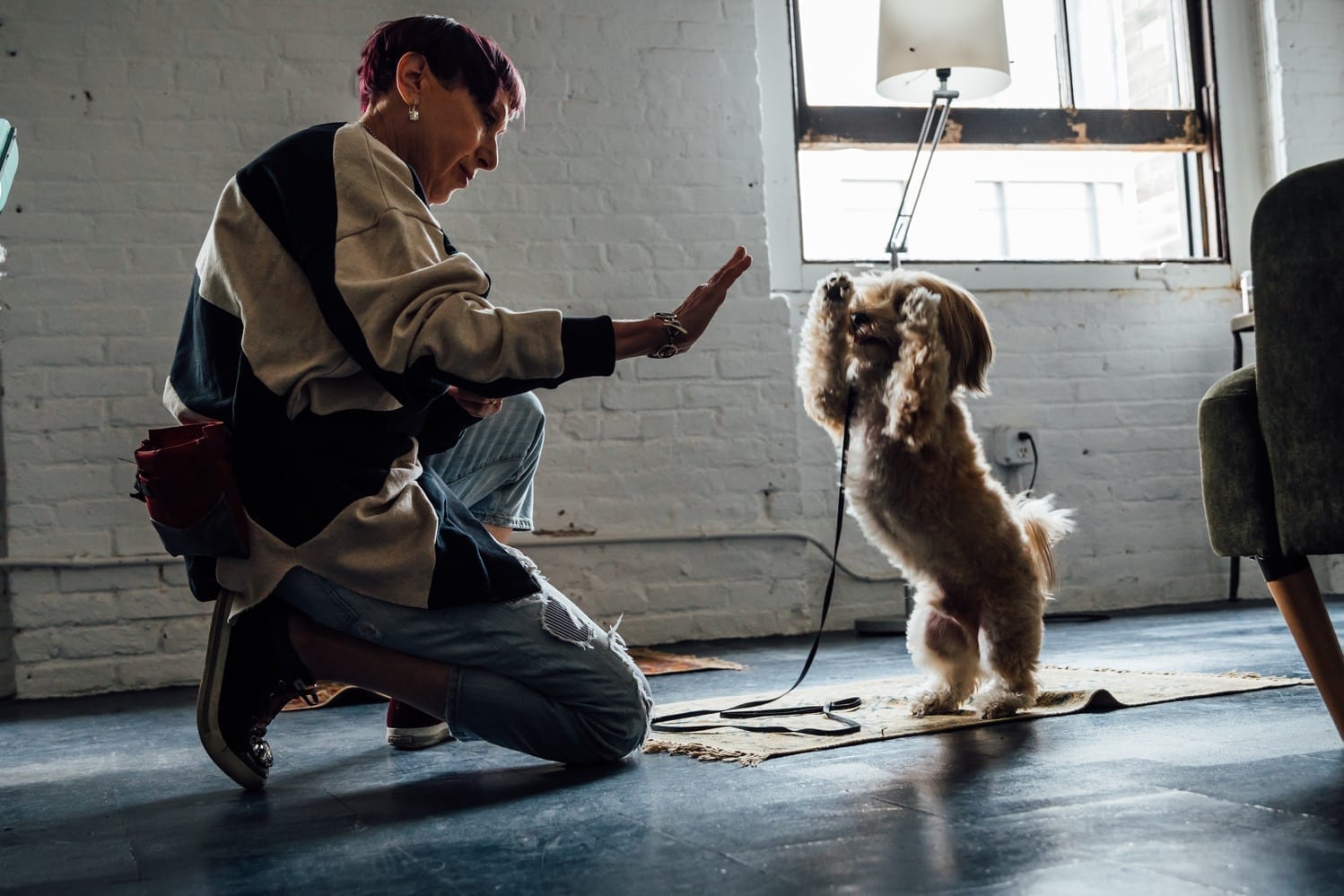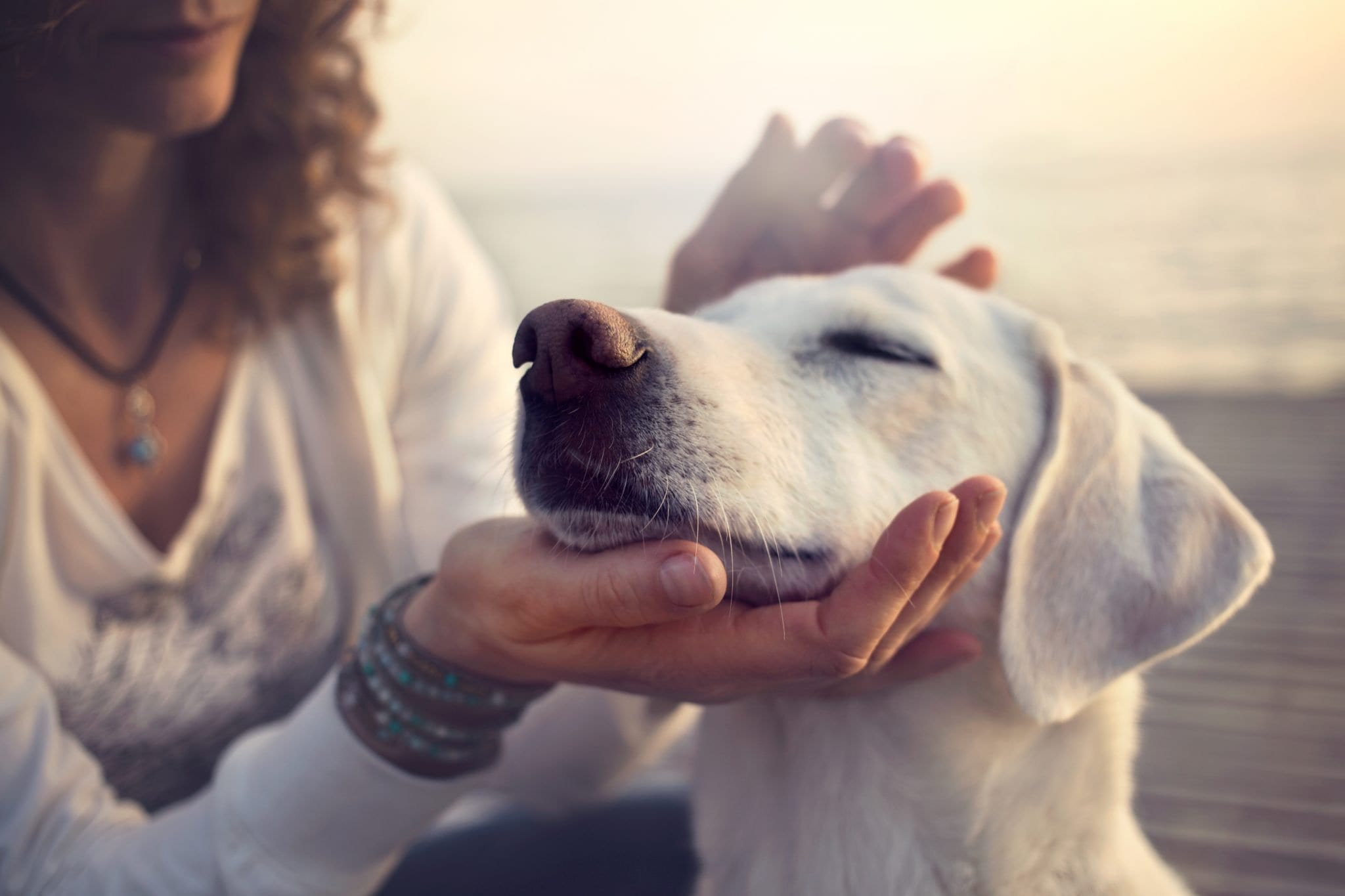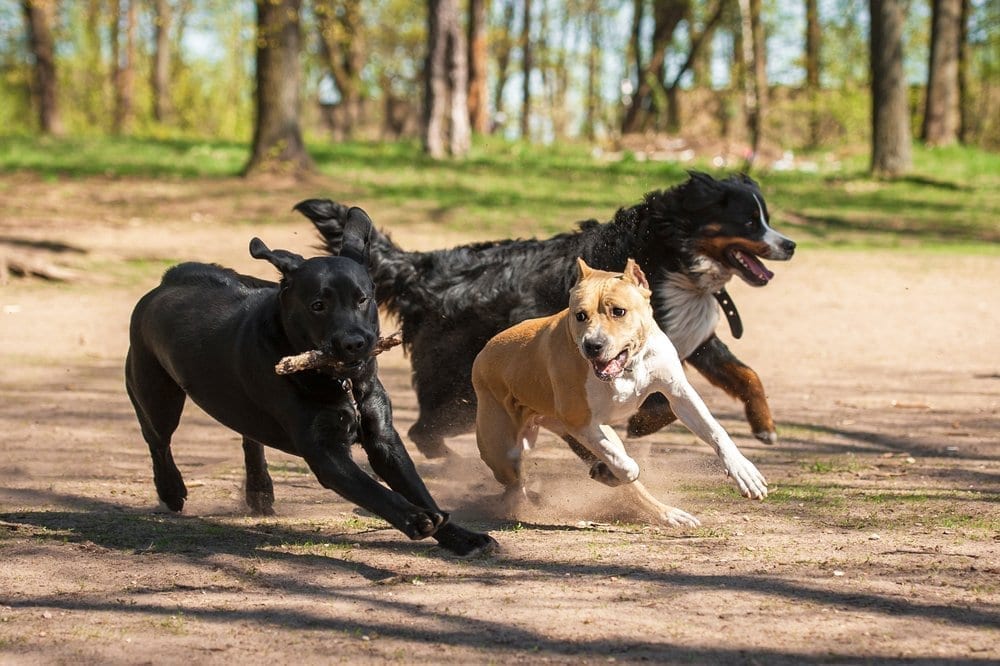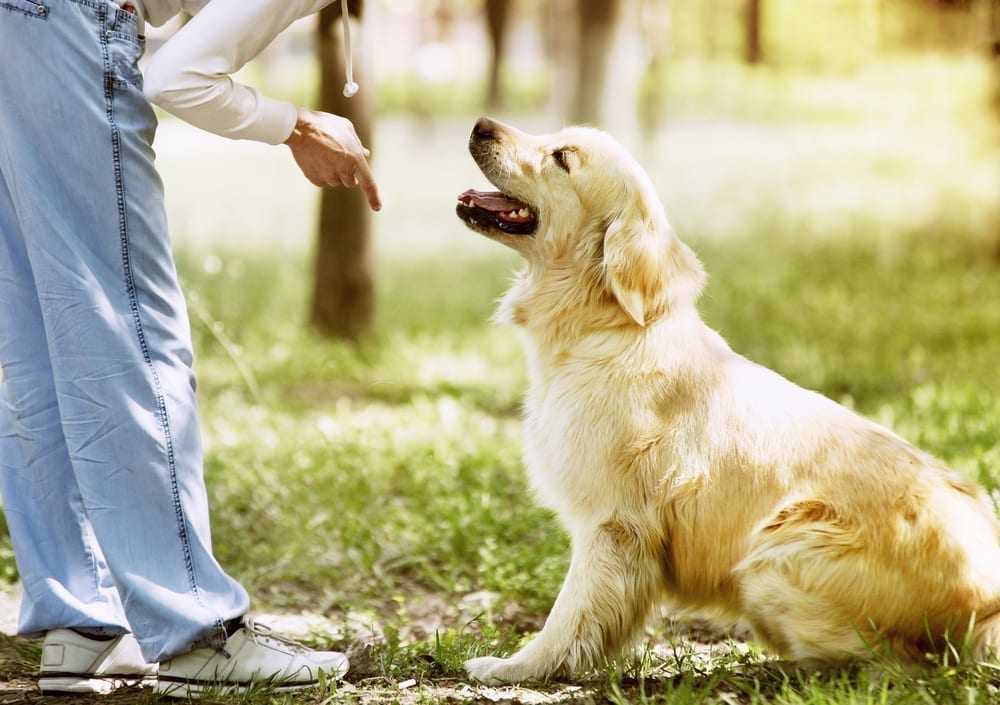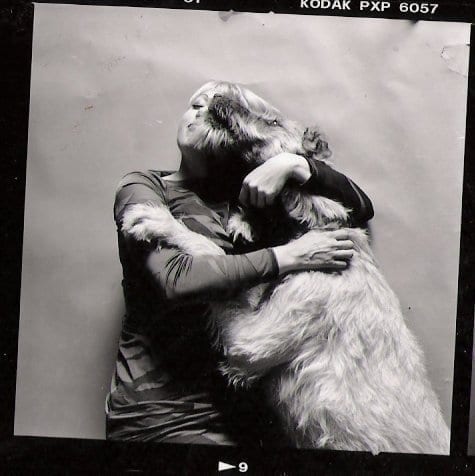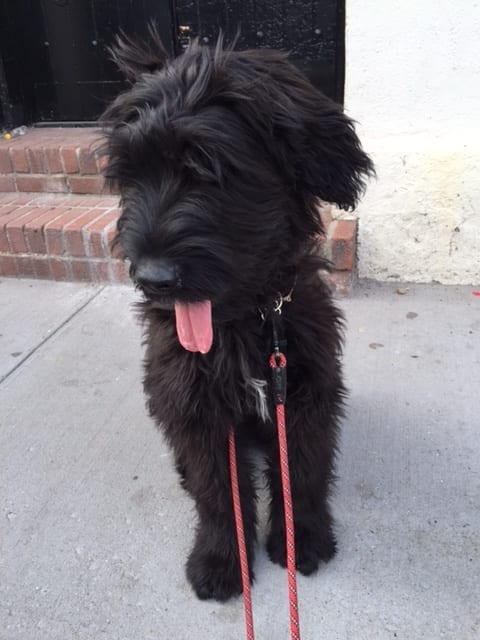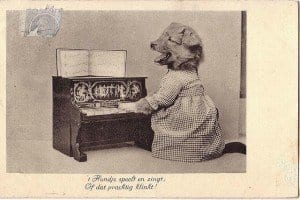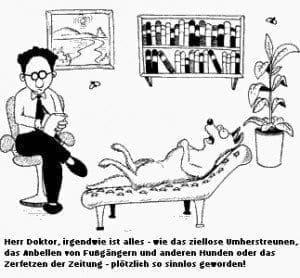Whatever “well behaved” means to you, your dog will learn which behaviors are acceptable and which are not. After all, as much as we love them, as close as they are to humans, dogs still find different things desirable and wonderful. Think of that the next time your dog rolls in goose poop.
But back to the problem with the word “positive”.
I can hardly tell how often I hear: Oh, a “positive” trainer: that means every behavior the dog displays is great and it means you use food. I want my dog to behave just because I say so. I do not want to use food.
The word “Positive” in the scientific sense merely means that something is added. Think of it as a PLUS sign. You are adding a stimulus or a consequence.
Actually if someone hits a dog they have acted “positively”. What is added is an aversive action, presumably in the hopes that the dog will not repeat the unwanted behavior.
Scientifically speaking though: I have added a “positive” stimulus. In scientific lingo it is referred to as positive punishment.
My point is that the word “POSITIVE” is used to identify people who use force free methods. No learning process is without frustration. Even removing a rewarding stimulus is certainly experienced as a disappointing consequence by the learner. By no means does that mean that those applying force free methods are all accepting, happy go lucky, everything the dog does is wonderful people without standards. Being consistent and precise does not mean that you have to be fierce and coercive.
It has been shown that positively rewarding desired behaviors will increase their frequency in the future. If you reward the dog after a behavior: the dog will most likely choose to repeat that behavior in the future. Dogs work for what works in their favor. Consequences are ultimately what motivate your dog to choose to behave one way or the other.
One human example: If you go to a lovely restaurant, the atmosphere, the company and the food all made you feel wonderful, chances are that you will think of the activity of going to that place as rewarding and you will hardly refuse to repeat that experience. That is one of the reasons why people tend to go back to the same places on vacation: they had a magical time, the weather was wonderful, they become familiar with the surroundings and feel safe and comfortable going there. It is an easy choice to go back to that place.
The same is true for dogs who are asked to repeat a behavior or an activity that has proved to be enjoyable, was rewarded and even paid off with great food (a primal motivator). There is no reason NOT to go back.
And in human terms, even if the weather turns out not to be that great on a repeated trip, the hope stays alive that the next time you go the weather will be better again.
That is where the gambling instinct comes in…as does the dog’s when asked to sit and this time they did not get the food. just appreciation and praise, a secondary reinforcer that was associated with the primary reinforcer…food).
“Oh, it was good anyway but if I am just a bit luckier with the timing then next time the weather will be perfect again/ the food will have to appear again and there might be even more.”
Those thoughts keep behaviors alive.
That is where the general feeling about “positive” comes in. The consequence of the action is rewarding for the human or the dog.
The difference between the old correction and coercion based methods and the newer “positive” training method also is how behaviors are taught in the first place.
It does not mean that the human turns into an indiscriminate feeding machine.
Do we let the dog think things out? Do we give him direction in helping him figure out what we want with body language, luring and pointing? Or are we forcing the dog into the position before he knows what the “command” means by pushing/pulling or yanking on the pinch collar or leash?
Imagine arriving in a country where you do not speak the language: Someone smiles at you, makes an inviting gesture towards their sofa and looks at you and the sofa and offers you delicious food. How hard is it to figure out that they mean well and that they are inviting you to sit and experience something good?
On the other hand if someone tries to speak with you and gets frustrated because you do not understand the language and all they do is repeat their babble over and over and they end up speaking louder and louder with added impatience and finally physically manipulate your body until you are sitting…how would that make you feel?
At best it would make you feel insecure, right? Pleasant? No way! You want to do it again? Not sure…what if I do it wrong or I am supposed to let myself be yanked first??? Am I supposed to DO something or do I need to wait to get yanked up and down? And then I get praised? for what? I have not actively learned what I need to do? The praise seems as meaningless as the yelling.
What generally is implied in the word “positive” in the context of dog training is allowing the dog to respond unpunished until the dog guesses the right answer. The consequence for them will be a reward. At first we use food because food addresses a primal need and speaks a universal language. As the dog learns the food reward can be backed up by different pleasant experiences, such as a belly scratch or an invitation to play a game with a favorite toy.
At the same time behaviors that do not receive attention, or are not self -rewarding in a different way will wilt away because they are not being rewarded.
But more on that another time.






